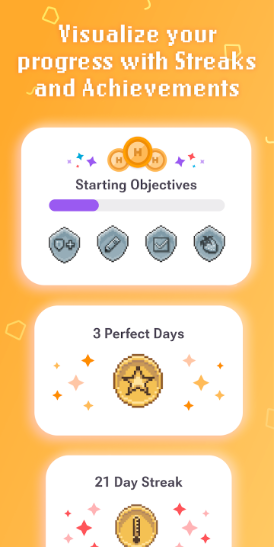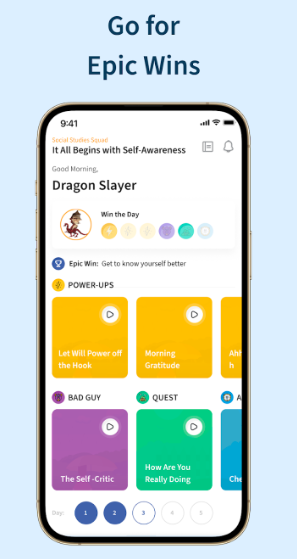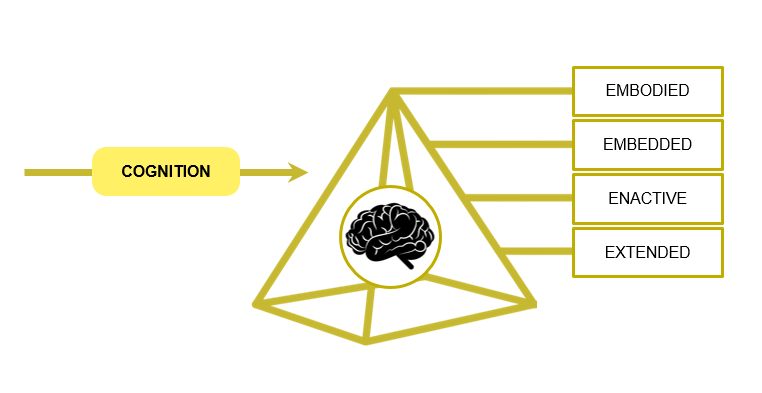Do you know feelings of joy and wholeness are reciprocal? Playing games triggers a state of naturalness in us, thus leading to relaxation and increased alertness. Gamification in healthcare differs from just playing games because it implies gaming aspects in non-gaming environments.
Many industries have implemented serious games/gamification for sales boosts, self-help tools, learning, product launches, team building, culture change, customer retention, and increased sustained motivation. Additionally, the healthcare industry is using positive innervation of neurons through a plethora of gamification applications. In this blog, we will explicate ‘why’, ‘how, ‘which’, and some more observations of gamification in Healthcare.
Why Use Gamification In Healthcare?
In administering healthcare in current times, the industry faces many core challenges. The public health challenges include mental health, substance abuse, infectious diseases, cancer, diabetes, Sexual and Reproductive Health and Rights (SRHRs), an isolated patient experience, and climate crisis top the list. Healthcare facilities need to empower patients with gamified self-help tools, helping them become excited and inspired to achieve their goal of getting healthy.
We all understand that healthcare is a serious job, yet it doesn’t always have to be this serious.
Especially with changing times and better tools, it is time for healthcare to fully use gamifiers. Patients find it difficult to take meds on time, visit the physician, regulate their emotions, and find inspiring views on wholesome health. Perhaps new age gamified healthcare apps take away ‘caru’ (sorrow/anxiety) from Healthcare and lead to ‘hælan’ that is healing/cure/wellness.
How Healthcare Gamification is Lifting Spirits?
Health management, medicine management, preventive health tools, wellness programs, and community/social support can all be combined in mhealth apps. Gamification of mhealth apps changes the way patients interact with these mobile health apps. Also, immersive and interactive health apps make tedious logins, tasks, and activities more rewarding, goal-oriented, easy to assimilate, amusing, fun, and manageable. As health becomes doable, patients feel more joy and power their strengths over their nether instincts.
Gamification adopts gameplay elements in design, like obstacles, levels, points, badges, performance graphs, unlocks, boosters, and rewards. For example, patients can be rewarded for taking medicines on time over the course of a period, doing their daily meditation/exercise, and eating healthy. Innumerable health data points can be included in the mhealth app, corresponding with visual amplifiers, challenges, continual feedback, recognition, and reward mechanisms.
When patients internally see that they are the key players in their health journey, they start playing active roles, feel autonomy, experience competence with how their choices are impacting their health, and share relatedness with social support/sharing their health journey with other fellows. It seems gamification is a better way of delivering Healthcare after all!
Which Gamification Companies Are In Healthcare?
Global Gamification in Healthcare will reach an expected USD 15.9 billion by 2030 and grow at a 22.6% CAGR from 2023 to 2030. Permeative gamification is happening in healthcare through hospital health apps, fitness apps, and physician health apps. Gamification can be seen in various healthcare parts like fitness, wellness, mental health, neurological disorders, mindfulness, medication, patient engagement, physical therapy, chronic disease management, and more. Below, we are sharing some of the players in the health gamification space:
- Habitica: With millions of habitican users, the app helps users to gamify their goals. Using the app, one can find it hard to establish healthy habits and fit even their work/school/customized tasks. Habitica gamers feel ‘all gamed’ as they earn rewards for their goals through avatars, in-game features like battle armor, magic skills, mysterious pets, and more. The app also uses social elements and lets users battle monsters with friends. There is a lot of gamification in this app, we can say.

- CVS Healthcare: CVS Health is avid about connected care solutions, and having acquired Omnicare in 2015, they have built Aetna Health, CVS Pharmacy, and other apps. They are utilizing rewards, have the Transform diabetes care app, health tracker app, and Attain app that induces behavioral change with real rewards.
- HumanForest: It is a UK-based E-Bike service that uses the gamified in-app loyalty program to deliver its core message of enjoying the benefits of staying ‘in touch’ with nature and bicycling.
- EndeavorRx: Akili Interactive has built a first-of-its-kind action video game experience for attention treatment for children with ADHD. The FDA approves it, and it has a CE mark certification in Europe.
Other Companies in Gamification in Healthcare
- MySugr: Diabetes is a chronic condition that is usually difficult to manage. MySugr app is a diabetes management app that uses gamification elements to log users’ blood sugar levels, feedback, and rewards to make the process user-friendly.
- Medisafe: The app uses tech innovation with Just-in-Time Interventions (JITI) to prompt patients about their daily health inputs and soft reminders to help them stay on track. It also offers software for medical devices (SaMD). Each patient’s journey is unique, and the app allows for digitalizing it for quick understanding.
- SuperBetter: With over 100K downloads and an above-4.0 rating on Android, the app brings a challenge and gameful mindset to everyday life. It adds visual and fun appeal to mental fitness, health goals, and major epic wins. The app’s language is inspiring and fun, with elements like collecting power-ups, fighting bad guys, and taking on guests.

- MedBridge Go: It is a U.S.-based health, fitness, and workout app that uses the’ access code’ of healthcare providers to log in. The app is used by healthcare organizations and individual PT/AT/OT/SLPs. Also, with the app, patients can set reminders, track their progress, and access all the 3D exercise videos, educational PDF guides, and clinical notes added by their therapist. Over 54M home programs have been relayed through the app, and there are 330K+ app subscribers as of now.

How Does Gamification Really Work?
Gamifying Healthcare was first started in 1989 by HealthPoint. The program used a redeemable reward system for patients’ healthy behavior. Also, HealthQuest was developed by Microsoft around 1993 and used puzzles and quizzes. The program taught diabetic patients about their conditions. Not just this, gamification was used earlier in 1896 by S&H Green Stamps. Gamification grandfather Charles Coonradt (1973) wrote the book The Game of Work, which was much appreciated.
Neuroscience, motivation psychology, and loyalty blocks are game changers in gamification. Human cognition is more embodied, embedded, enactive, and extended.

Figure: Process of how gamification in healthcare works.
Effective gamification best uses the affective neuroscience of emotional valence. Hence, as multidimensional beings, humans can use serious games to become unserious and healthy.
More Health Education Programs & Gamification
A study by Brigham and Women’s Hospital (BWH) and Veterans Affairs Boston Healthcare System found that clinicians learned better with online games. Learning with gamification helped them to control their patients’ blood pressure in a shorter time versus non-gamers. Additionally, the company that created the space-education methodology, Qstream, uses various gamification education features. These include micro-learning, engagement proficiency, performance analytics, flipped learning, and data-sharing aspects of their product. Hence, this further reinforces the idea that gamification is useful to everyone in healthcare.
Most commonly, young surgeons and physicians have grown up playing games. Gaming has integrated learning benefits, which was again proved in another clinical trial. Video game learning was used at academic medical centers and surgical training programs.
Quantifiable positive results were derived between video game play and surgeons’ laparoscopic surgical skill/suturing. Moreover, similar clinical trials have been conducted that have focused on improving healthcare skills through gaming/simulation-based education tools.
Dos and Don’ts of Gamification in Healthcare
Whatever your goal, there can be a gamified health app, whether it is free, premier, or built for the provider/physician. To build a worthy app, the game mechanics and dynamics must be outlined well, keeping the end health goal (s) in mind. An unworthy game health app will most likely end up with the following frustrations. The opposite of do’s will result in a ‘must-do’ for the gamification of one’s healthcare app.

Conclusion
Gamification is intrigue-generating and here to stay for good. The healthcare gamification market can be seen as a fast-developing space and holds real intrinsic and extrinsic motivation benefits. Different people have different predilections for games and thus benefit from such gamification of health services. Wearable health technology by Fitbit and Nike Run Club app use gamification for health & fitness. FDA is also incorporating Digital Health Technologies in Decentralized Clinical Trials (DCT).
We found that a few gamification companies, like Bunchball by BiWorldwide, were acquired, with acquisitions being more common. Moreover, this only implies that there is great potential for healthcare gamification. Fewer mHealth apps make full use of gamification, storyline, UX, and excellent graphics in their apps than others. With thousands of gamified tools available, healthcare gained more magic points (MP) for becoming more autonomous and tractable.